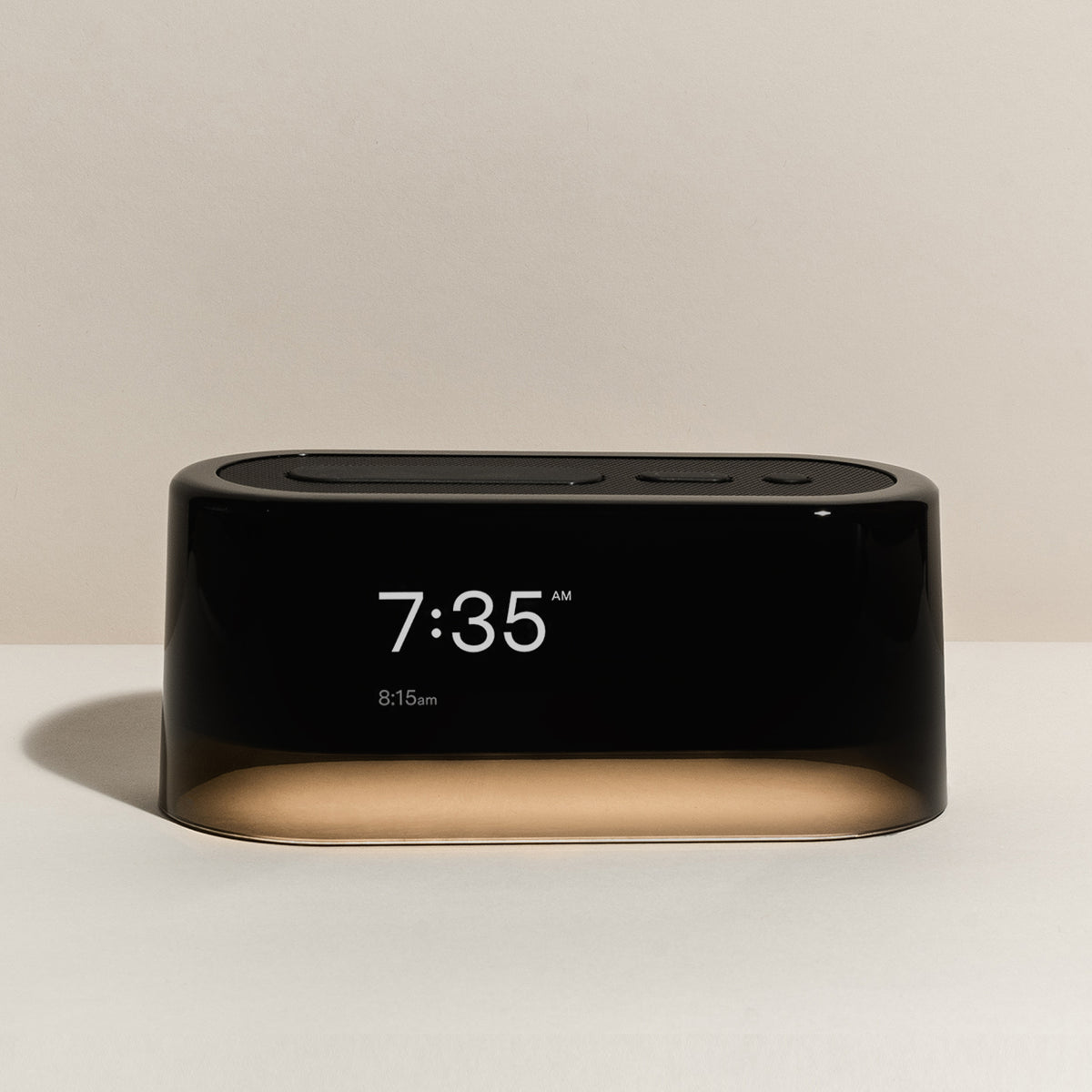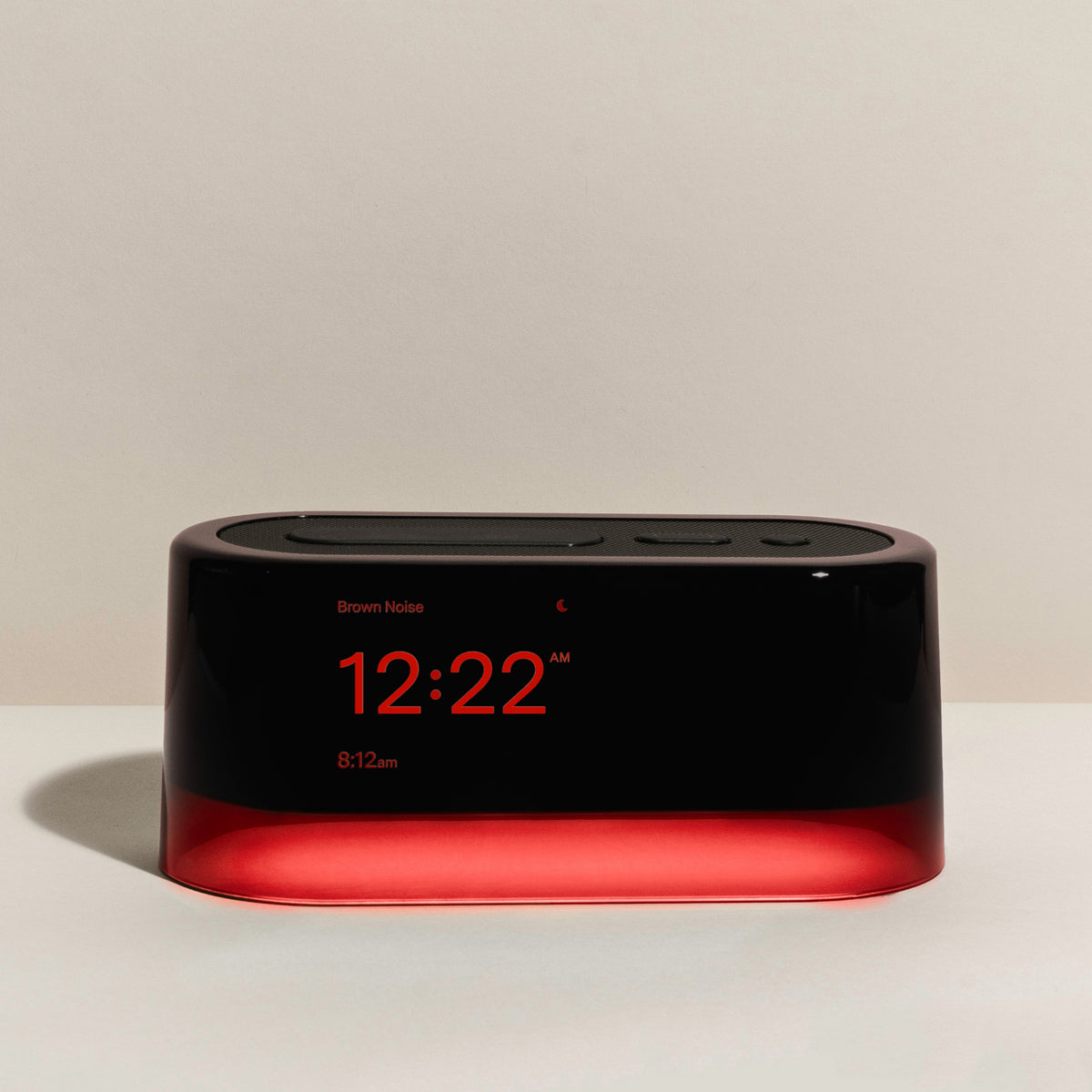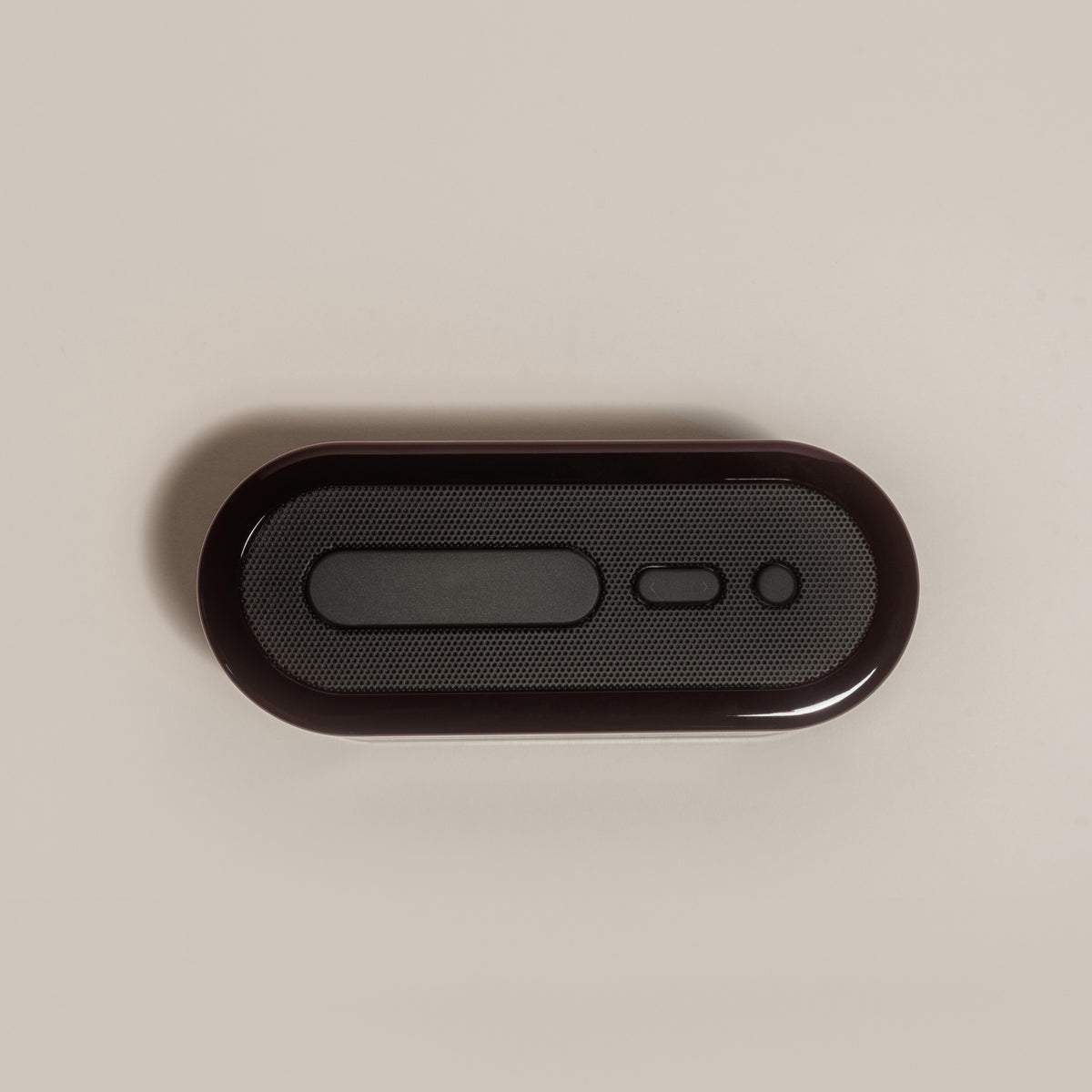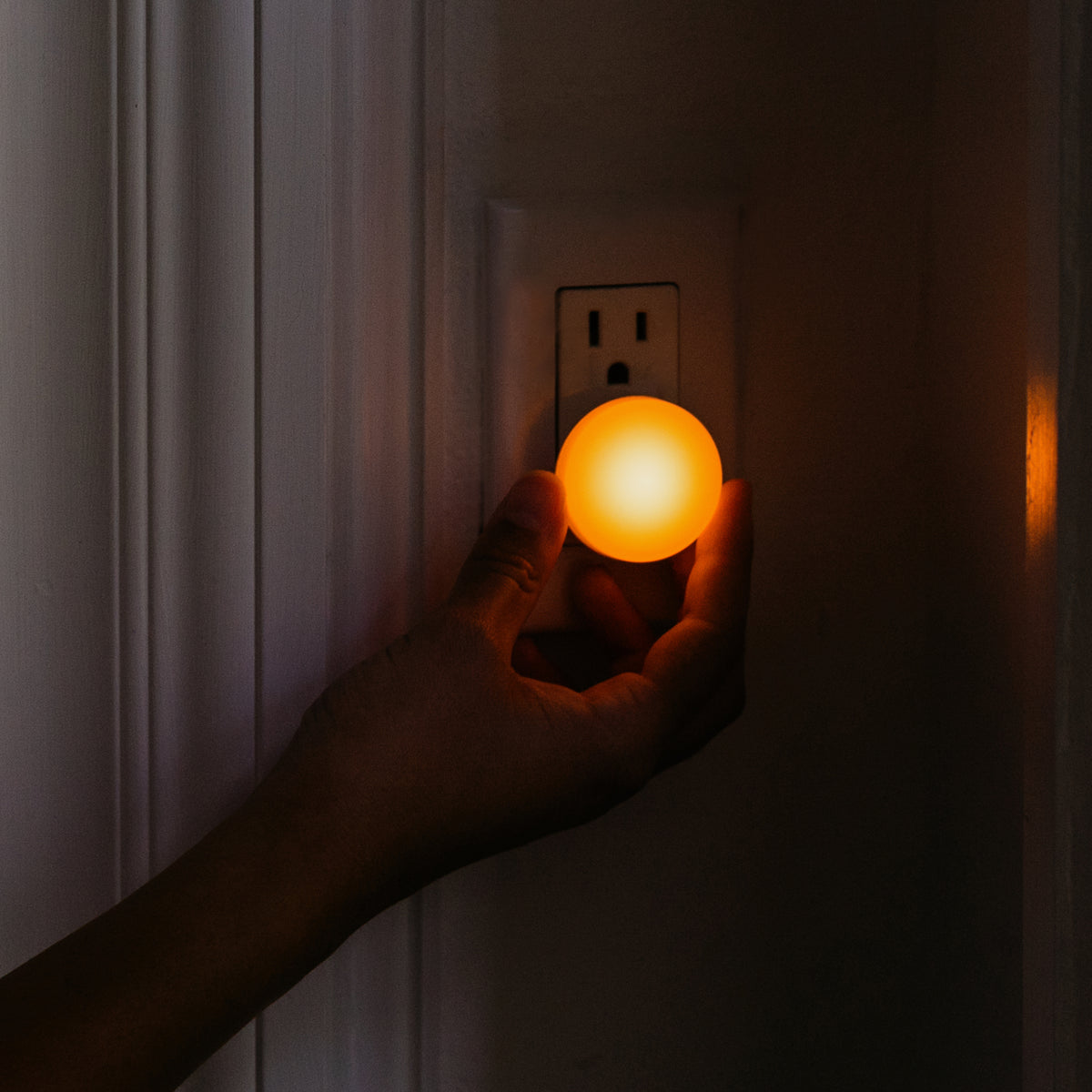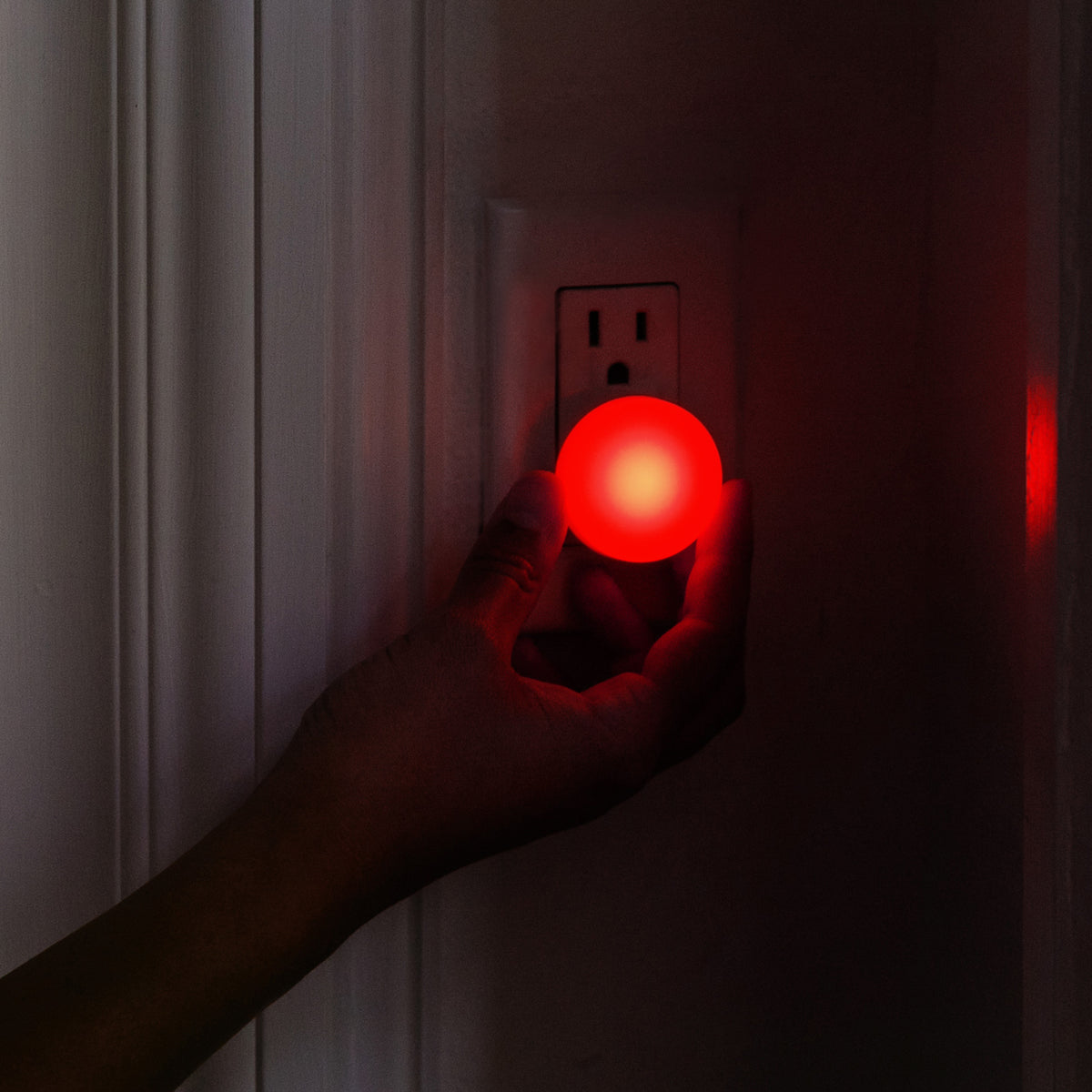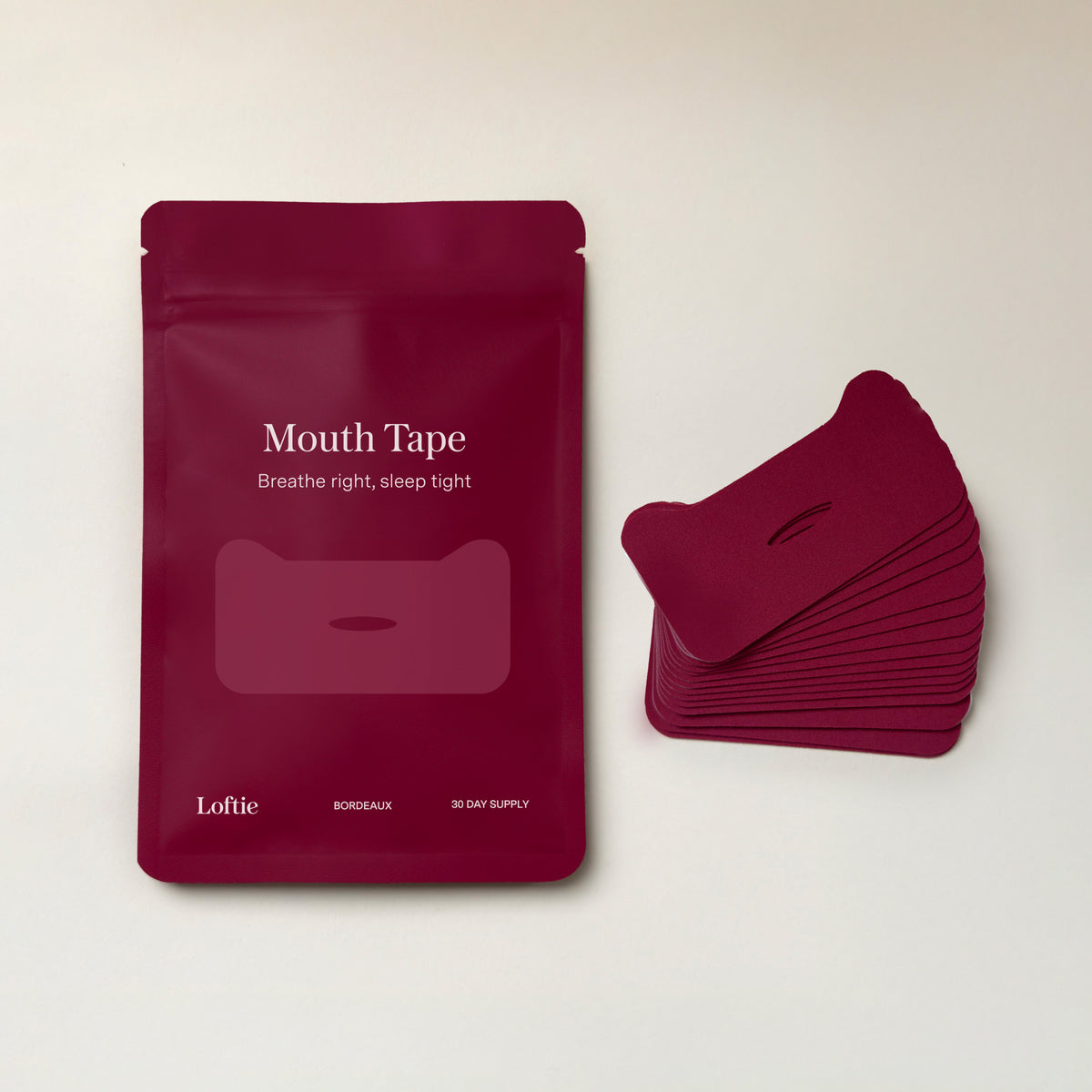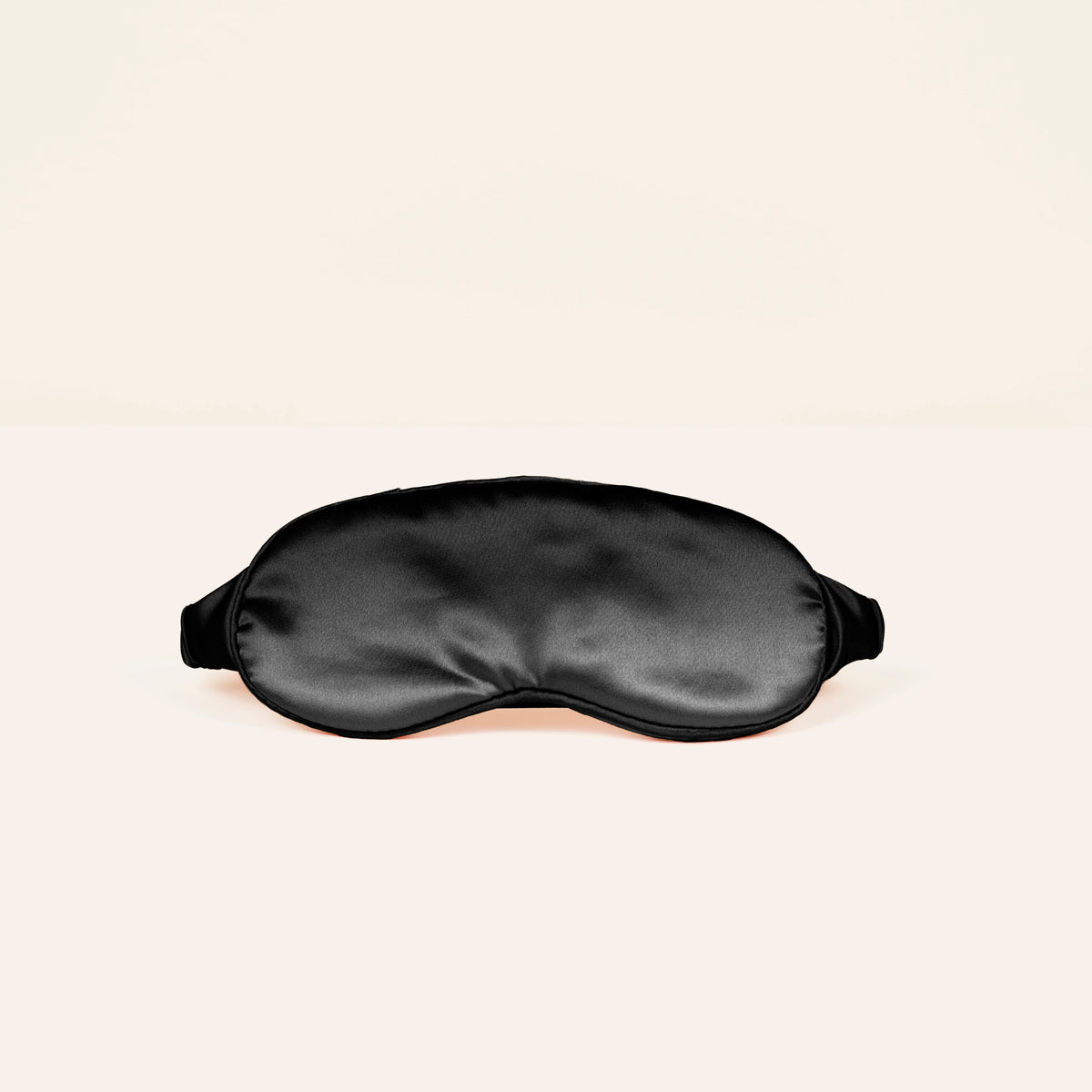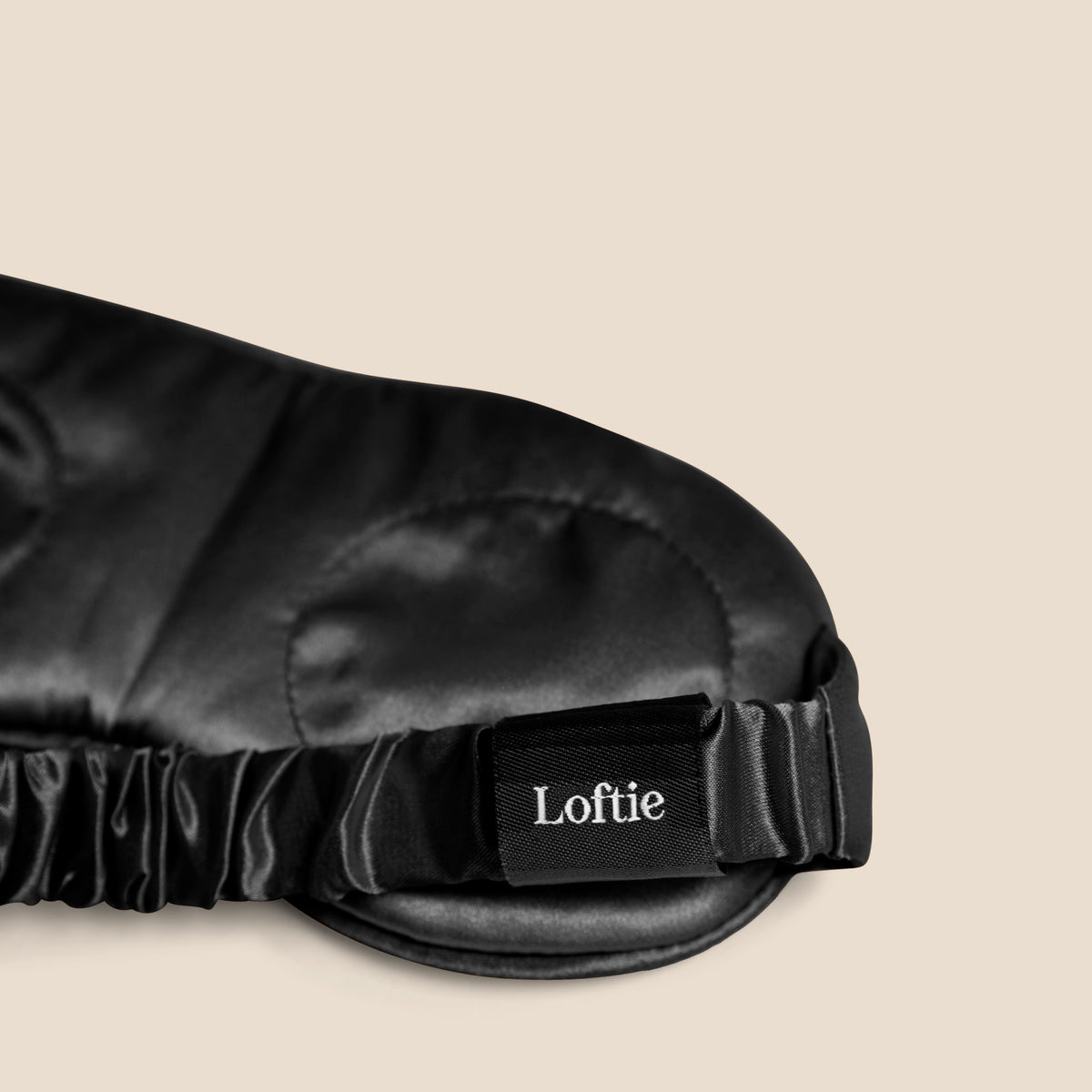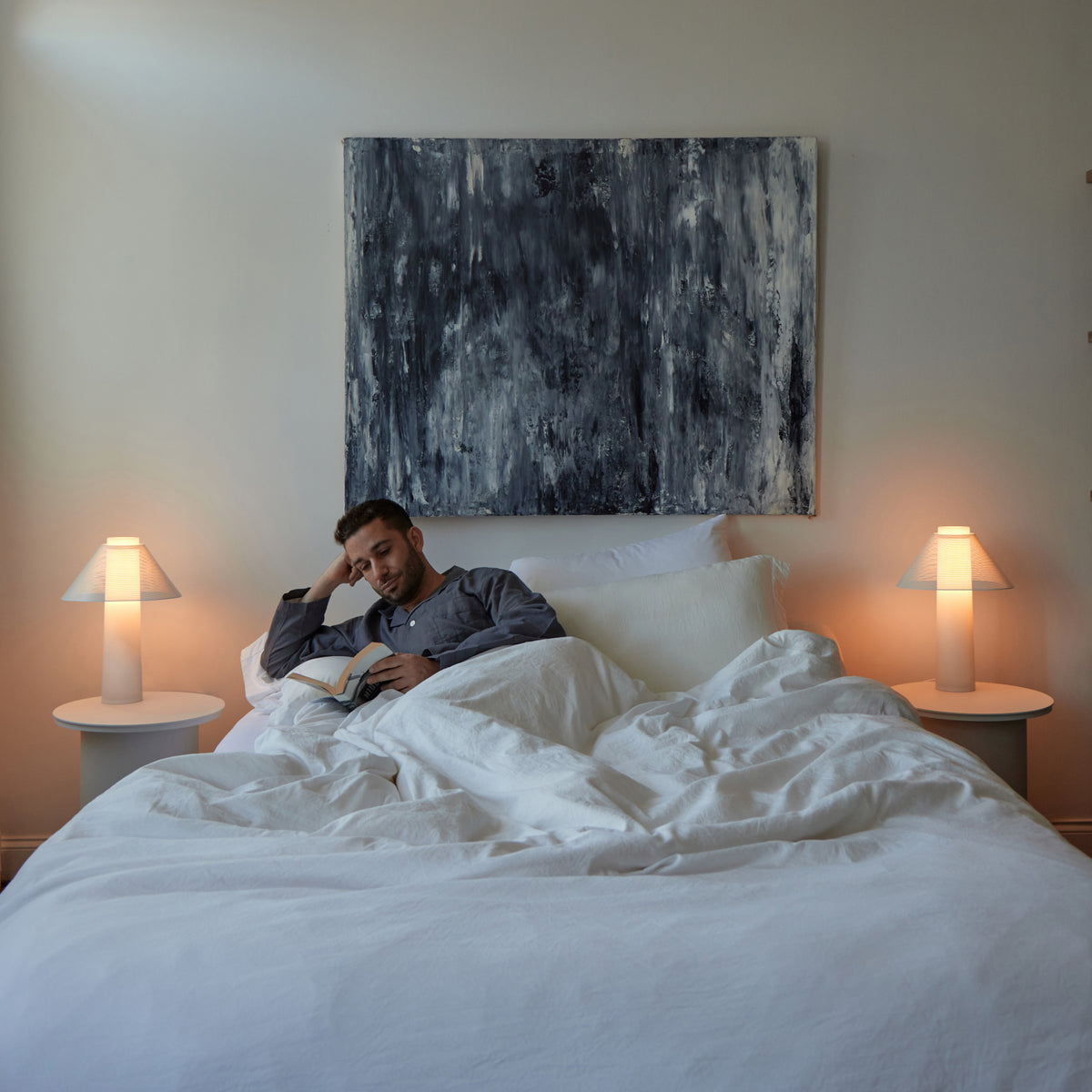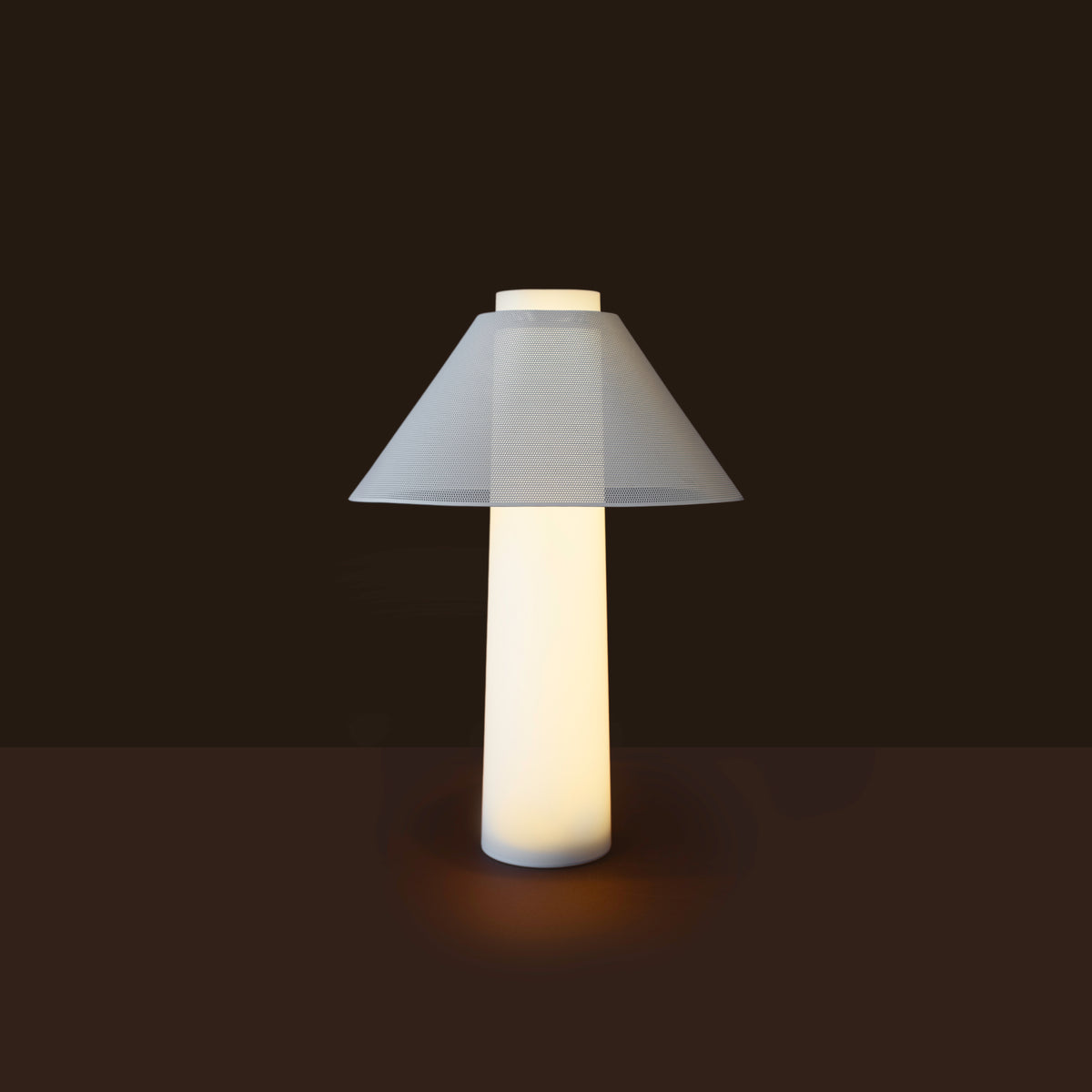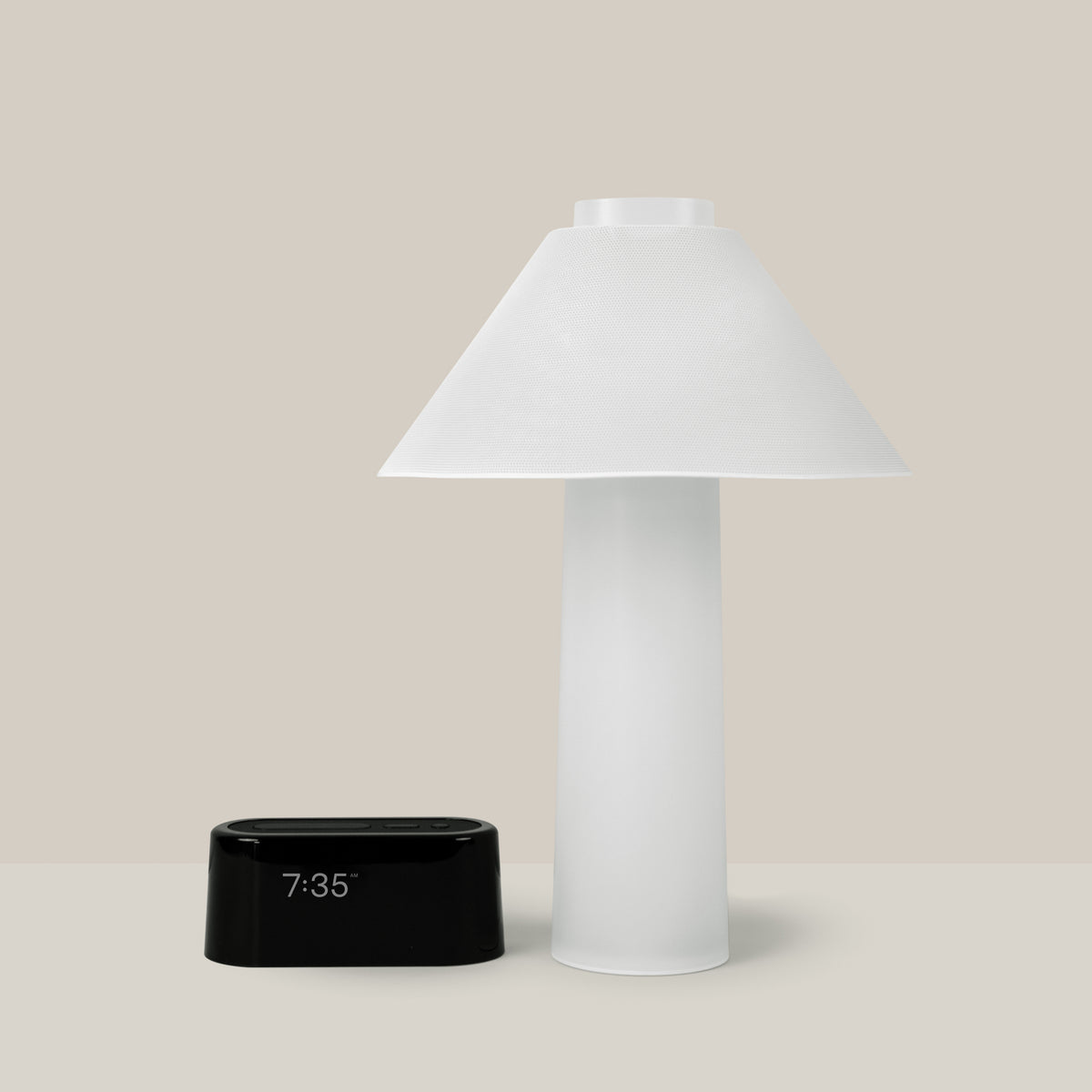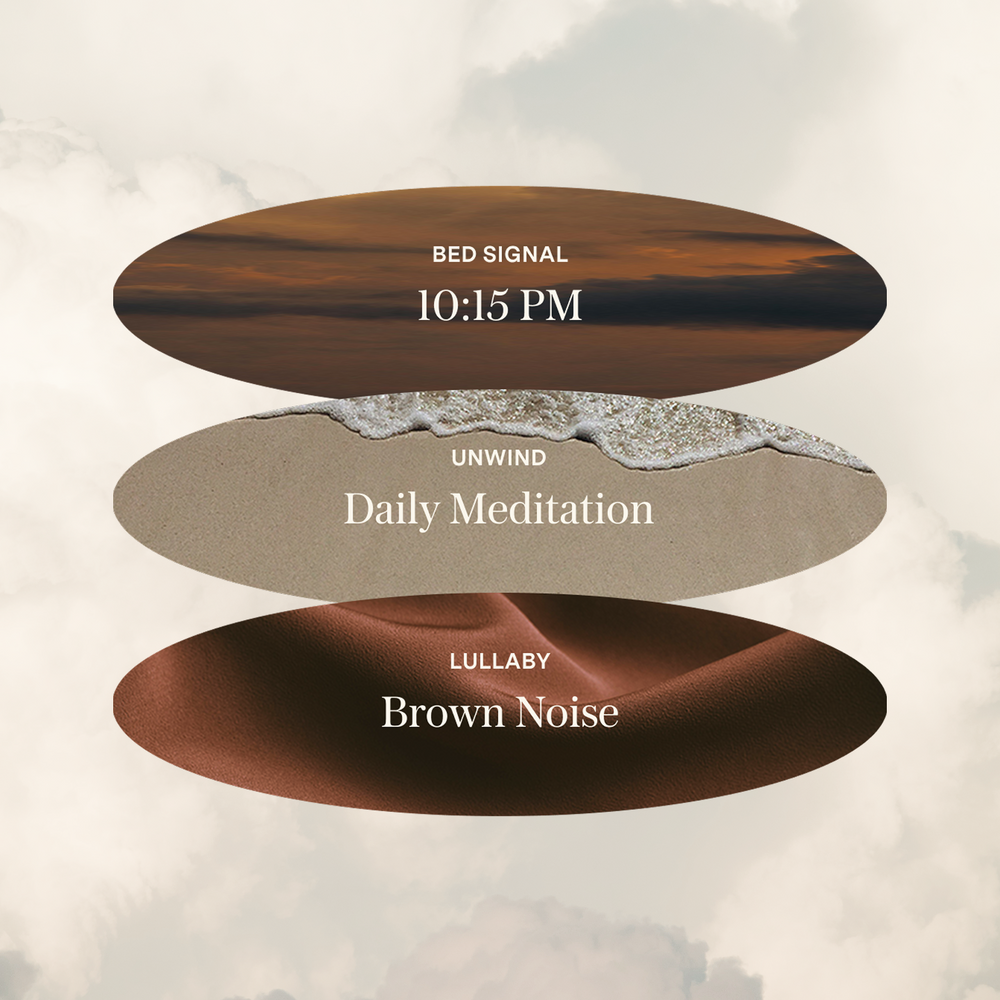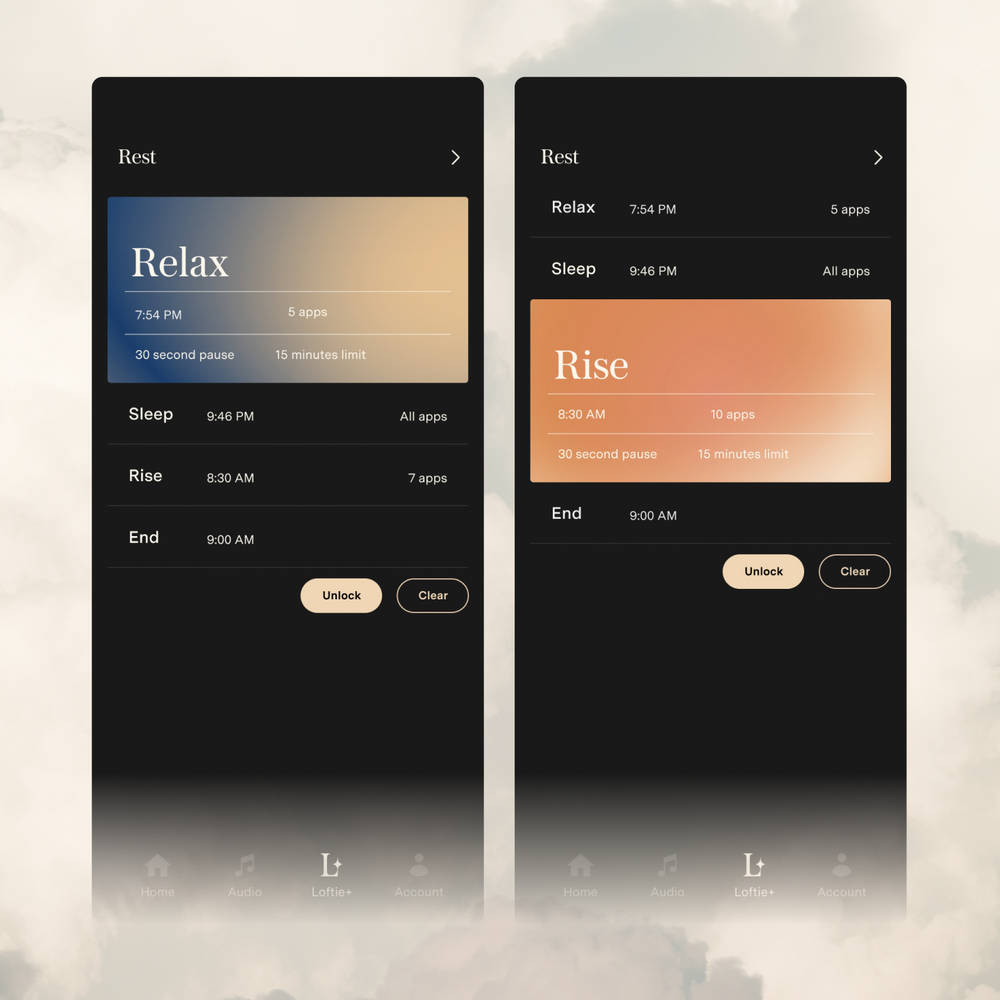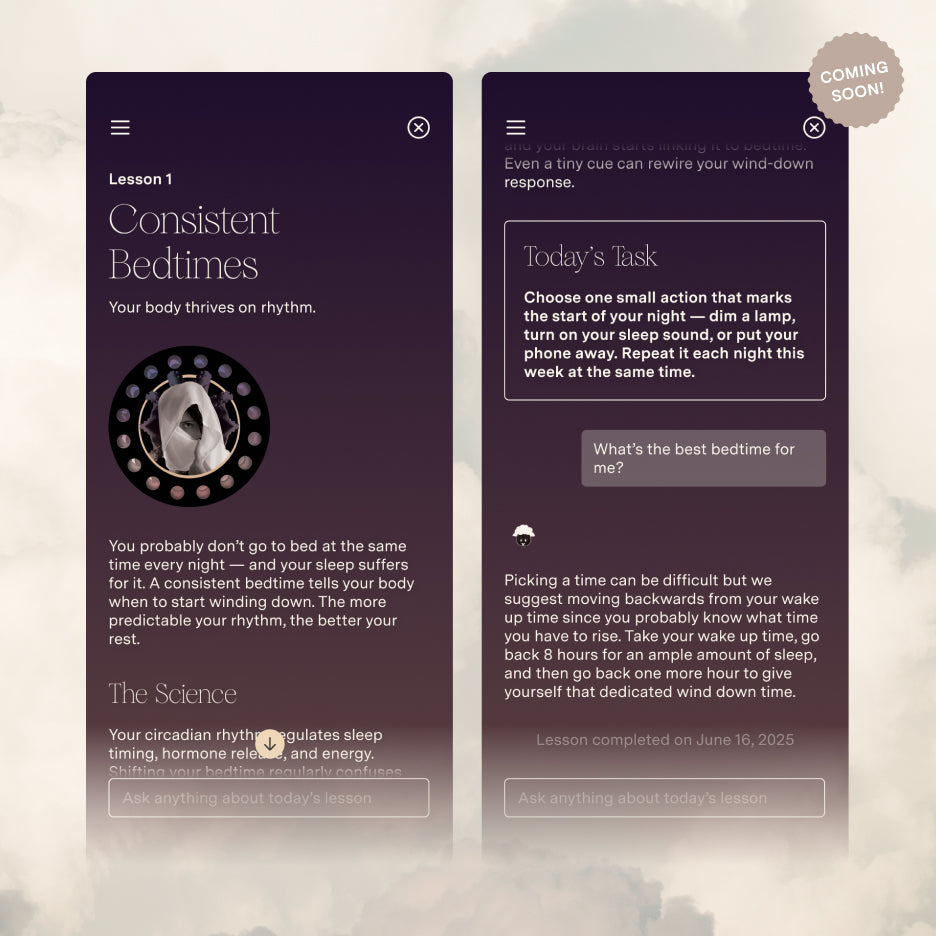Calibrate and Loftie joined forces to host a virtual event featuring Sleep Experts Ellen Vora, MD, (Calibrate) and Fiona Gispen, MD, (Loftie) to share helpful tips on how to create a science-backed sleep routine. Getting good sleep is one of the most important things we can do to increase our overall health. Bad sleep is closely tied to many chronic health conditions including metabolic syndrome (obesity and diabetes, mood disorders, and cardiovascular diseases). Few of us would say we’re getting the sleep we want. So how do we improve it?
The Backstory
We kicked off the evening with both experts sharing how sleep is incorporated into the mission of each brand.
Ellen Vora, MD, shared how sleep is one of Calibrate’s Four Pillars of Metabolic Health—alongside food, exercise, and emotional health—because sleep impacts our appetite, cravings, and our stress hormone levels (especially cortisol), which in turn impact insulin sensitivity and fat distribution. When we get enough sleep, our leptin and ghrelin (satiety and hunger) hormones help us maintain a state of metabolic balance.
Throughout your Calibrate year, you’ll learn how to incorporate each metabolic health pillar into your everyday life. Your coach will also help you set goals in each pillar as you progress through your first year.
Specific to your sleep pillar, you will learn to develop a schedule to improve sleep quality and minimize cardiometabolic health factors with 7-9 nightly hours of restful sleep. To keep your coach updated on your progress, as a member you can track your energy levels and sleep on a daily basis through the Calibrate app.
Fiona Gispen, MD, Loftie Medical Advisor, shared the impetus for launching Loftie: their team realized that getting good sleep is about so much more than just avoiding middle of the night wake-ups.
The Loftie philosophy says a good night’s sleep is built on three things:
- What you do before bed
- Quality of your sleep itself (the amount, and also the proportion of deep sleep and REM sleep) and
- The subjective process of waking up
So About that Science-Backed Sleep Routine
Minimizing Blue-light
There are a few different ways you can begin to minimize blue-light to help with your sleep. Begin by starting to power down devices relatively early in the evening. It may also help to program your devices with night-shift mode or try wearing blue-light blocking glasses from sunset onward.
Get your phone out of your bedroom
Difficulty falling asleep is usually related to one of two things: too much cognitive stimulation or a disrupted circadian rhythm (our body’s natural sleep/wake cycle that’s driven by melatonin). Our phones mess up both. They wake up our brains with texts, news, or social media feeds, and their blue light delays our circadian rhythm by suppressing melatonin release.
With delayed melatonin, your body will feel less sleepy at a normal bedtime—turning a morning lark into a night owl, or giving you jet lag in your own home. This means that not only are you going to have trouble getting to sleep, but you’re also going to have more trouble waking up because you’ll be waking up during your biological nighttime. Some studies also show that our sleep quality is also worse after using screens, usually showing that we get less REM sleep, which is particularly important for creativity and emotional regulation.
Wind-down period
Two tips that Ellen Vora, MD, finds helpful as you begin to establish a wind-down period are to write down your worries so your mind isn’t juggling them as you’re trying to fall asleep and try to aim for an earlier bedtime. Getting to bed a bit earlier can help avoid you from getting “overtired.”
Optimize your bedroom
What ultimately impacts the quality of our sleep is how well we’re matched with our body’s natural circadian rhythms. Light exposure and temperature exposure are the most important factors we can control in our bedroom. Fiona Gispen, MD recommends keeping your bedroom dark and cool (between 65-70 degrees Fahrenheit). Our core body temperature cycles along with our sleep/wake cycle, drop when we are asleep by about 1.8 degrees Fahrenheit. If our environment prevents our core body temperature from dropping appropriately (e.g. if it’s too hot), then we sleep poorly—getting less REM and slow wave (or deep) sleep.
Overnight physiology
If you often find yourself waking up in the middle of the night, stabilizing your blood sugar may be a good idea. Ellen Vora, MD, suggests a spoonful of nut butter or coconut oil before bed. Additionally, it’s incredibly helpful to reduce your caffeine and alcohol intake throughout your day to ensure you’re able to wind-down for bed—and stay asleep (don’t miss the recording for more on the science behind this.).
Consistent, two-stage Wake-up
Difficulty waking up is driven by lack of sleep but also by our bodies being out of sync with our circadian rhythms. The more consistent our bedtime and wake-up time, the easier we’re going to find waking up.
You know that groggy feeling you sometimes have after waking up? That’s called “sleep inertia” and it can last anywhere between a few minutes to a few hours after you wake up. It’s worse when you awake from deep sleep, when your body is at its coldest point during sleep (ie, when you’re most “off” your circadian rhythm), or when you’re recovering from a sleep debt. There’s some evidence that melodic alarms can help reduce sleep inertia, so if this is something you struggle with, try a melodic alarm.
We also know that scientifically, we wake up in two stages. Imaging studies show that we first rapidly re-establish conscious awareness in the deeper part of our brains, then we slowly re-establish alertness over the next 20-30 minutes.
Q&A
How do I get my phone out of my bedroom if I use it for meditation?
You can connect by bluetooth to your Loftie or use the sleep meditations from the Loftie roster. Also, it can be helpful to do a body scan meditation without technology—it takes concentration, which can be helpful for falling asleep.
What’s the best temperature to sleep in?
Our bodies are good at regulating their core temperatures. There are many things in our sleep environments that make us warm (blankets, socks, etc.), so our bodies are good at warming our core temperature versus cooling them down. Cooler temperatures are often recommended for this reason. Our bodies can regulate between 65 and 70 degrees Fahrenheit
What are some tips for sleeping well during menopause years?
Sleep is going to be disrupted during menopause, so be gentle with yourself and don’t set yourself up for disappointment for getting a consistent solid night of sleep. Most of us don’t get a solid eight hours of sleep. Usually most people wake up in the middle of the night, which is called “middle sleep” which is when you may need to use the bathroom, move around, etc. The key is to not accept your “middle sleep” and avoid looking at the clock or any screen and try to lie back. It’s totally normal and physiological.



